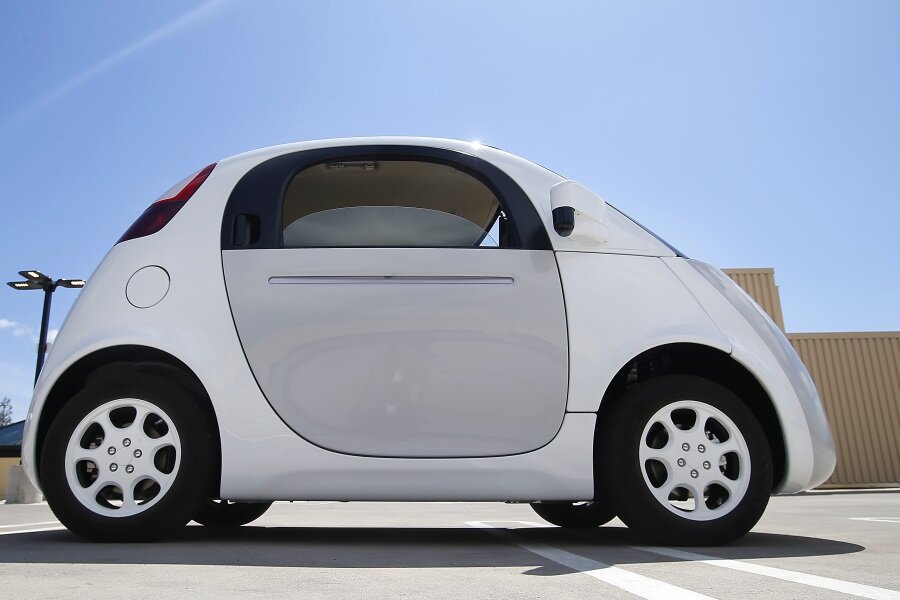This summer, Google’s new fleet of self-driving cars will hit public roads
Loading...
Google has been testing self-driving cars for more than six years, and now feels confident enough in the technology to bring it to a road near you. Google’s diminutive, custom-built autonomous vehicles have been tested only on closed courses up until now, but this summer the company will allow them to mingle with regular traffic on roads near Google headquarters in Mountain View, Calif.
This isn’t the first time Google has tested self-driving cars on public roads -- it’s put fleets of Lexus SUVs and Toyota Priuses modified with sensors on the highway before – but it is the first time the custom-built Google car will get to interact with public traffic. Drivers will be on board during the tests so they can assume manual control of the cars if need be.
Eventually, self-driving technology will have matured enough that the Google car will be manufactured without a steering wheel. Passengers in the vehicle can simply indicate through a computer interface where they’d like to go, and the car will take them there. But for now the cars are outfitted with manual controls in case a safety driver needs to take over, Chris Urmson, Director of the Google Self-Driving Car Project, said in a company announcement. The car’s speeds will also be capped at 25 miles per hour during the test.
Google hopes that its self-driving auto technology will help make driving safer, pointing to the statistic that 94 percent of all car accidents are caused by human error. Self-driving cars could also offer mobility to elderly drivers or those who are unable to drive a car themselves. And eventually, self-driving technology could allow for more efficient traffic flows and less time wasted sitting in bumper-to-bumper traffic.
That said, the idea of ceding control of a car to a computer is a tough pill to swallow for many people. In spite of their sensors and electronic reflexes, Google’s self-driving cars have been in 11 accidents over the years, though Mr. Urmson says they were all the result of being struck by another driver (and in at least some of the accidents, the Google cars were stationary at the time). In total, Google’s cars have logged 0.64 accidents per 100,000 miles driven. The national average is 0.38 accidents per 100,000 vehicle miles, but the National Highway Traffic Safety Administration estimates that more than half of such accidents go unreported, meaning that Google likely has better than average safety stats.
Google’s cars won’t be the only self-driving vehicles on the road this summer, either. Back in March, Tesla chief executive officer Elon Musk announced that the company’s Model S sedan and Model X SUV would have self-driving features – including autonomous highway driving and the ability to self-park – by September.








